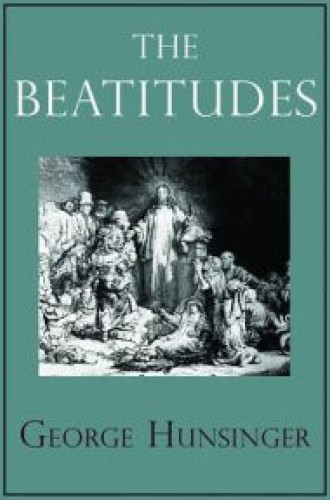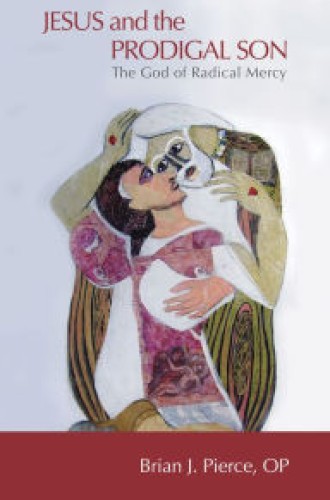A Jesus who embodies his own characters
Two refreshing new books place the storyteller within the story he tells.
Christians read and hear the Gospels expecting to encounter the voice of Jesus. Biblical scholars make a living by complicating that relationship. In accounting for processes of historical traditioning and pious elaboration, scholars distance the historical Jesus who walked upon calloused feet from the Jesus of Matthew, Mark, Luke, and John. And by insisting that a massive historical and cultural gap separates the Gospels from believers, scholars demand that Christians pause a minute before discerning what Jesus is saying to “us.”
How refreshing, then, that two new books, neither of them written by a professional biblical scholar, introduce readers directly to Jesus through his own teaching. George Hunsinger, a theologian, finds in the Beatitudes (Matt. 5:2–12) a Jesus who not only pronounces blessing upon others but also embodies the very blessings he announces. Brian J. Pierce, a Dominican friar, identifies Jesus with the Prodigal Son (Luke 15:11–32). Like the Prodigal, Jesus abandons a heavenly home, endures great hardship, and returns in glory. Both Hunsinger and Pierce draw upon biblical scholarship only selectively as they offer compelling and distinctive interpretations.
Hunsinger divides the Beatitudes into two groups: four that speak to the needy and four that call the faithful to embody certain virtues. The final Beatitude, which involves persecution, comes in two steps: persecution for pursuing righteousness and persecution directed specifically at Jesus’ followers. Each of the book’s corresponding nine chapters begins with a reflection on Jesus, who himself embodies and defines the blessing under consideration. Hunsinger proceeds to explore each Beatitude’s implications, first for believers and then for those beyond the circle of discipleship.






